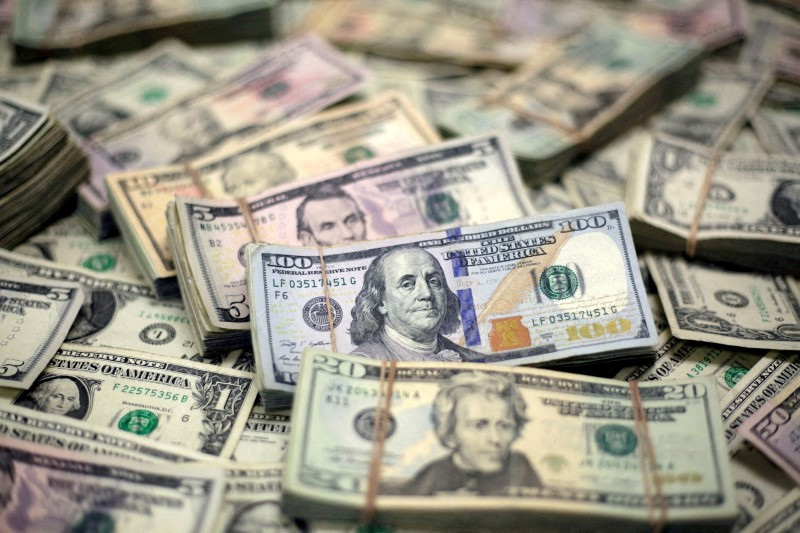Forex
Buy USD dips tactically after Trump win, Citi says

Investing.com — Citi strategists encouraged investors to “buy US dollar dips tactically” in the wake of Donald Trump’s win in the elections.
The bank expects the greenback to see further upside, especially against the euro (EUR) and Scandinavian currencies (Scandies), citing the recent underperformance of these currencies.
Despite the uncertainty surrounding the House’s outcome, strategists note that the lack of ticket-splitting could suggest a “red wave” is more likely with a Trump win, strategists said in a note.
They believe that foreign exchange (FX) markets will continue to focus on tariff-sensitive currencies, as fiscal policy developments may take time to materialize. Market participants may also await confirmation of the House going to the Republicans before expecting broader fiscal policy changes.
Citi’s team voiced caution about immediately following the USD rally, pointing out that the market is already somewhat long on USD and anticipating the Federal Reserve (Fed) to maintain a dovish stance in its upcoming meeting on Thursday.
The firm points out that its strategy typically avoids chasing momentum, preferring to wait for a potential dip in USD following the Fed’s meeting to buy into the currency.
In the report, strategists also flagged downside potential in currencies vulnerable to tariffs, such as the (CNH), (TWD), and (THB), which are considered clear shorts.
In the G10 currencies, the EUR is seen as an obvious candidate for selling due to its bilateral trade surplus with the US.
“This also extends towards Scandies (NOK and SEK), which are effectively higher beta EUR,” strategists led by Daniel Tobon noted.
“NOK could also underperform on weaker oil under Trump, though we note NOK and oil correlations tend to be short-lived,” they added.
SEK, meanwhile, remains highly sensitive to the global manufacturing cycle, and strategists expect trade and tariff wars to “remain disruptive to a manufacturing recovery.”
Citi maintains that a full “red sweep” in the US elections could justify a 5% appreciation in the USD. The bank’s analysis suggests there is still room for a further 3.4% downside in before the impact of Trump’s policies is fully reflected in the currency pair.
The bank said it will be watching for a re-test of the trend line at around 1.0790 to sell into, with tactical supports around 1.06-1.0630, but they do not rule out a move towards 1.0350-1.0450 based on their residual analysis.

 Forex3 years ago
Forex3 years agoForex Today: the dollar is gaining strength amid gloomy sentiment at the start of the Fed’s week

 Forex3 years ago
Forex3 years agoUnbiased review of Pocket Option broker

 Forex3 years ago
Forex3 years agoDollar to pound sterling exchange rate today: Pound plummeted to its lowest since 1985

 Forex3 years ago
Forex3 years agoHow is the Australian dollar doing today?

 Cryptocurrency3 years ago
Cryptocurrency3 years agoWhat happened in the crypto market – current events today

 World3 years ago
World3 years agoWhy are modern video games an art form?

 Commodities3 years ago
Commodities3 years agoCopper continues to fall in price on expectations of lower demand in China

 Economy3 years ago
Economy3 years agoCrude oil tankers double in price due to EU anti-Russian sanctions





















